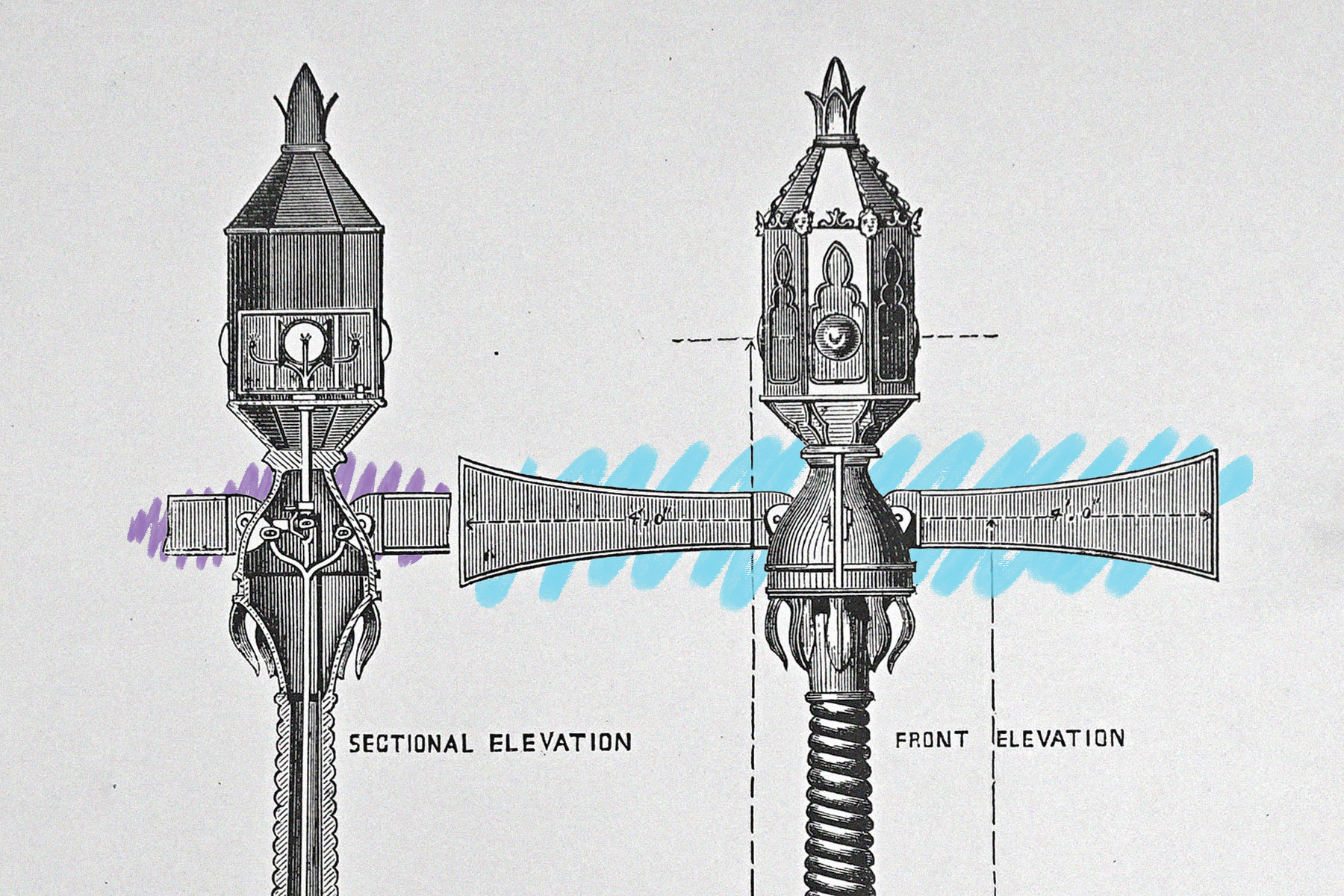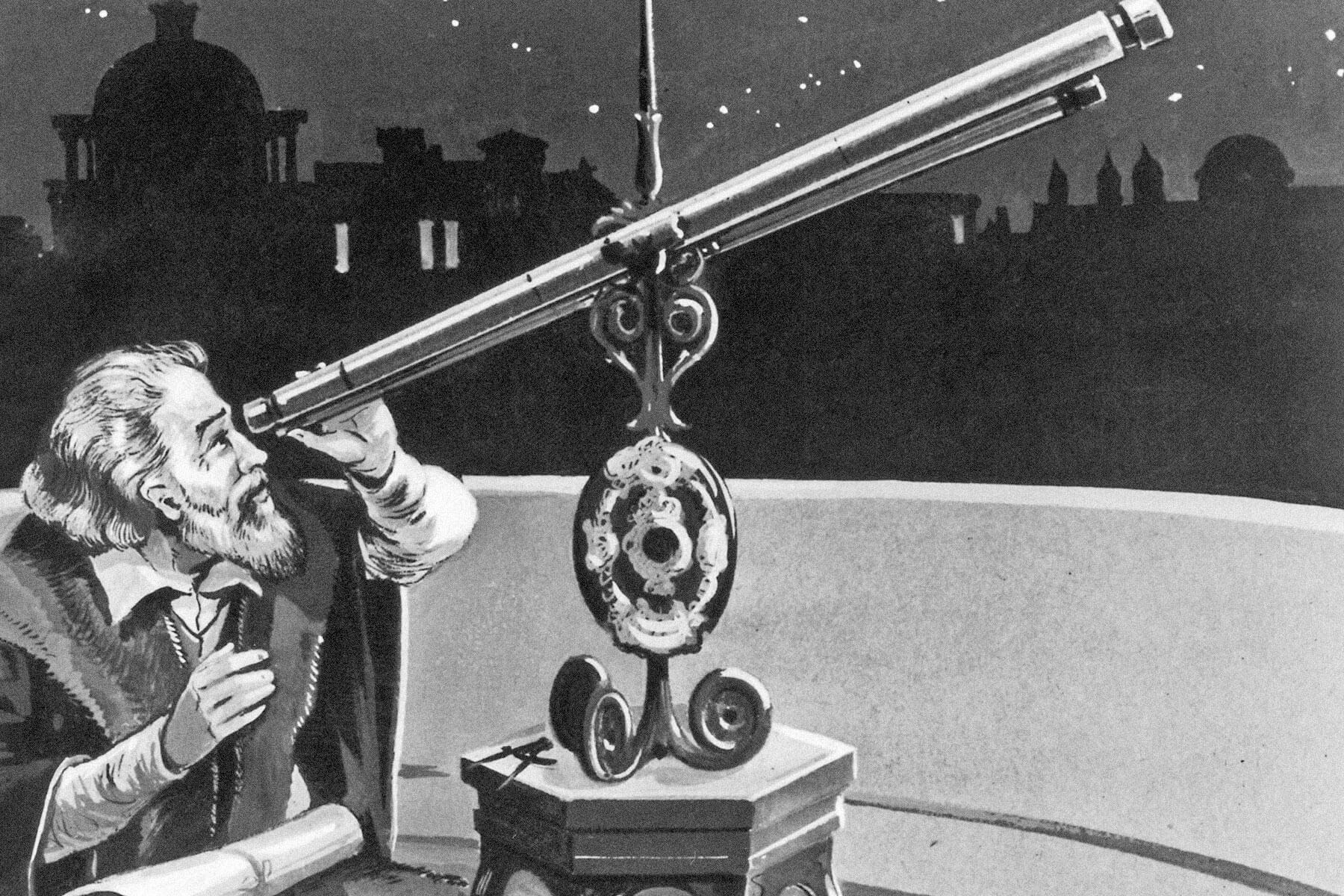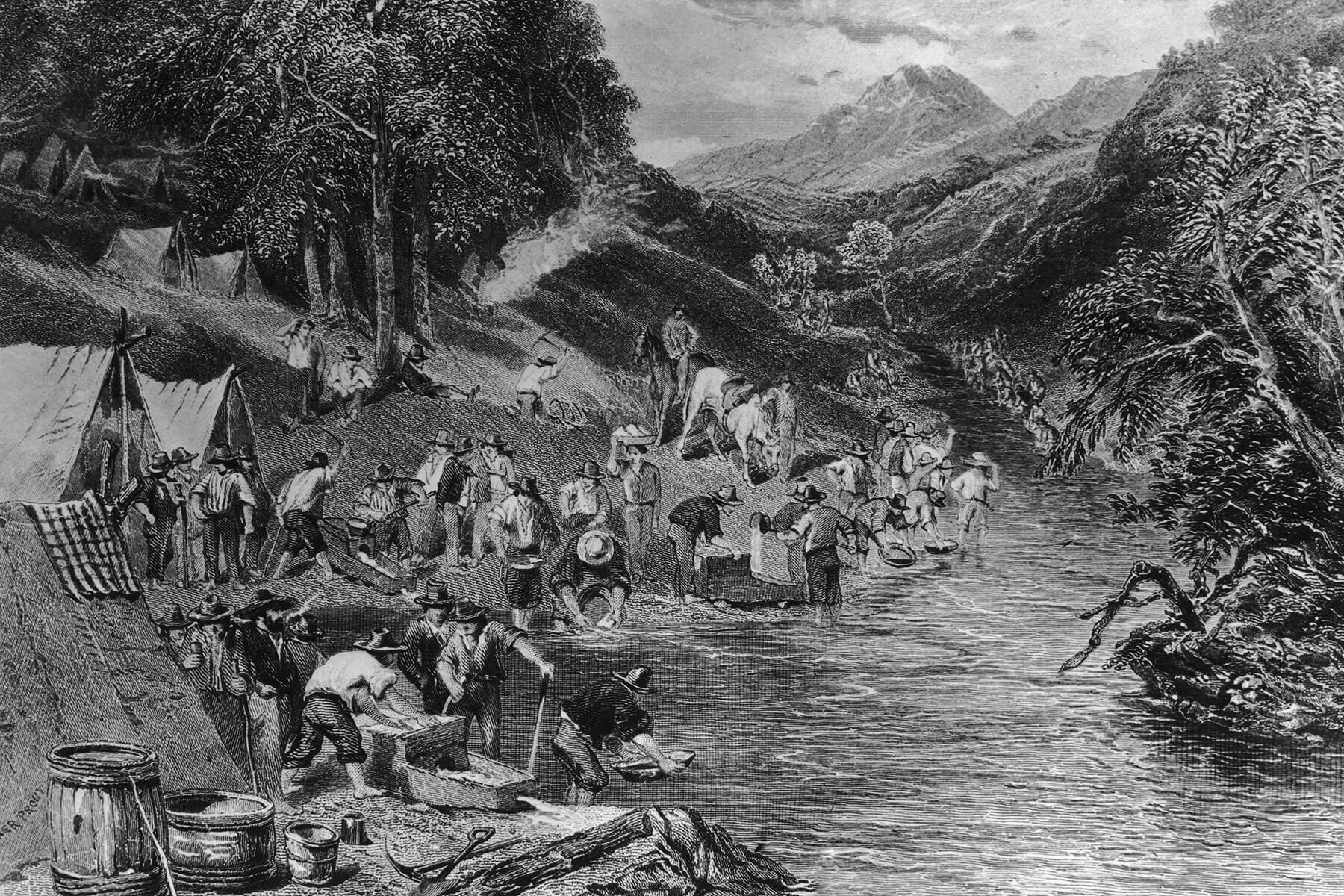| A lthough modern traffic lights are inextricably linked with the automobile, the world's first traffic light existed nearly 20 years before German inventor Karl Benz patented the first modern car. On December 9, 1868, a 20-foot-tall traffic light was installed at the intersection of Bridge Street and Great George Street outside the Palace of Westminster in London, as a way to control the flow of carriage and pedestrian traffic. An adaptation of the signaling system used by railroads, the light used pivoting "arms" (known as semaphore arms) to communicate "stop" and "go" during the day, and gas-powered red and green lights at night. (Unfortunately, relying on gas proved to be a serious problem when the traffic light exploded less than a month later.) |
|
| Surprisingly, this complex signaling system predated the idea of a simple stop sign by nearly 30 years. Stop signs originated in response to appeals for some sort of safety signage to tame the chaotic streets of early 20th-century America, which lacked speed limits, directional signs, or any traffic laws. In the year 1900, New York businessman William Phelps Eno (considered the father of U.S. traffic law, though he never drove a car himself) wrote an article suggesting stop signs be placed at intersections. It took another 15 years, but the first stop signs were installed in Detroit, Michigan — the heart of the U.S. automotive industry — and the idea was soon exported to the rest of the country and around the world. |













No comments:
Post a Comment